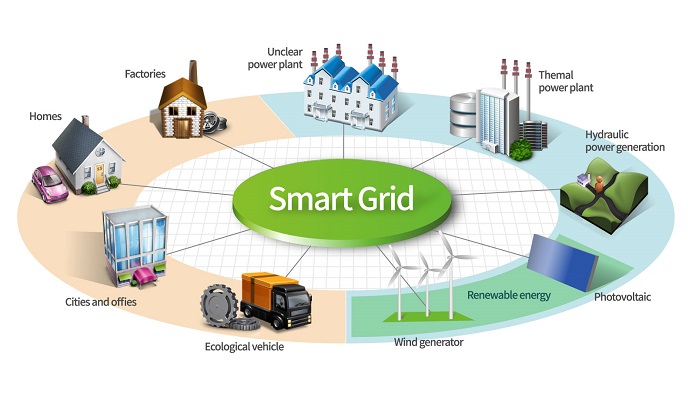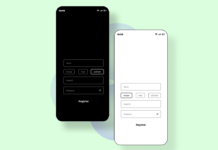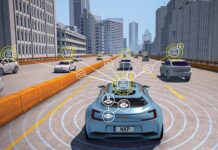The energy and power sector are going through a huge transformation.This is because energy sustainability, reliability, efficiency, and various environmental issues are now becoming primary concerns in the twenty-first century.It is worth noting that with rapidly increasing population, urbanization, and a more connected digital lifestyle, most energy companies in the industry are now focusing heavily on developing effective, sustainable energy management as well as conservation solutions to stay competitive.
These companies are restructuring and re-architecting the old power system, helping create a paradigm shift in electricity production, distribution and transmission systems, collectively known as the smart grid.
It is no secret that nowadays, smart grid solutions, also called IoT solutions for grid infrastructure, are playing a key role in developing several use-case based solutions for energy conservation.This is done by connecting many disparate platforms in building and infrastructure automation, home automation, and transmission and distribution systems.
What is the Smart Grid?
Of the many emerging applications of the IoT, most people are excited about smart grid technology as well as its potential to increase energy efficiency.The smart grid integrates the twentieth-century conventional electrical power grid with the latest information and telecommunication technologies. This brings several benefits for both companies and consumers.
The integration is immensely beneficial as it enables more efficient resource utilization in order to optimize energy consumption, set up and manage distributed energy sources, and to exchange the generated electric power.
There is no denying that within the smart grid, both the Internet of Things (IoT) and Information and Communication Technology (ICT) are playing a pivotal role in the transforming and dynamic energy markets.
Note that the smart grid isthe main component of an IoT framework.It can be easily used to remotely manage and monitor everything fromtraffic signs,lighting, andparking spaces to traffic congestion, road warnings, and even early detection of power influxes because of earthquakes and extreme weather.
Smart Grid and IoT Integration – Potential and Benefits
The idea of the Internet of Things (IoT) and smart city is now at the peak of the hype cycle. The concept provides tremendous promise of a digital future enabled by reliable and smart analytics that help ease congestion, enhance efficiency, reduce waste and error,making our lives easier in the process.
Connecting smart grid IoT applications to legacy equipment allows electric companies to:
Push Crucial Data in Real-Time
Note that relying heavily on centralized data polling causes considerable latency and limits the ability to scale. Modern IoT gateways can poll data locally with accuracy and create effective data models tocommunicate with conventionalSCADA systems and cloud-based platforms in order to make the most of modern web services.
Better Grid Security
It is no secret that most legacy grid monitoring systems are susceptible to cyber-attacks. These systems lack robust cybersecurity capabilities as the legacy protocols weren’t designed with the latest security threats in mind. However, the good news is that IoT gateways can help minimize security risks leveraging the most recent security methodologies. They can also update and patchmany security features in order to adapt to constantly changing cybersecurity threats.
Other Benefits
Cleaner Energy Use
The latest smart grid technologies are considerablymore carbon-efficient,less demanding on batteries, and are designed to lower and manage the peak load on distribution feeders.The energy sector is trying to integrate green and clean technology inits IoT smart management to benefit from more sustainable and efficient solutions.Optimized solar cells, wind turbines, and feeder automation systems can benefit almost all levels of the standard distribution chain.
Smart Energy Use
IoT provides new and amazing opportunities for energy consumers to engage better with the power sector because it offers better opportunities for enhanced efficiency and performance across the whole power grid. Smart grid technologies can reduce both energy consumption and costs through data maintenance. Intelligent lighting via smart city technology, for example, can monitor usage across several areas, and identify and address any lighting outages or issues instantly.
Author bio:
Diana Zebian is a marketing specialist at a leading smart grid solutions provider, Networked Energy Services (NES).
Visit www.networkedenergy.com for more information.








